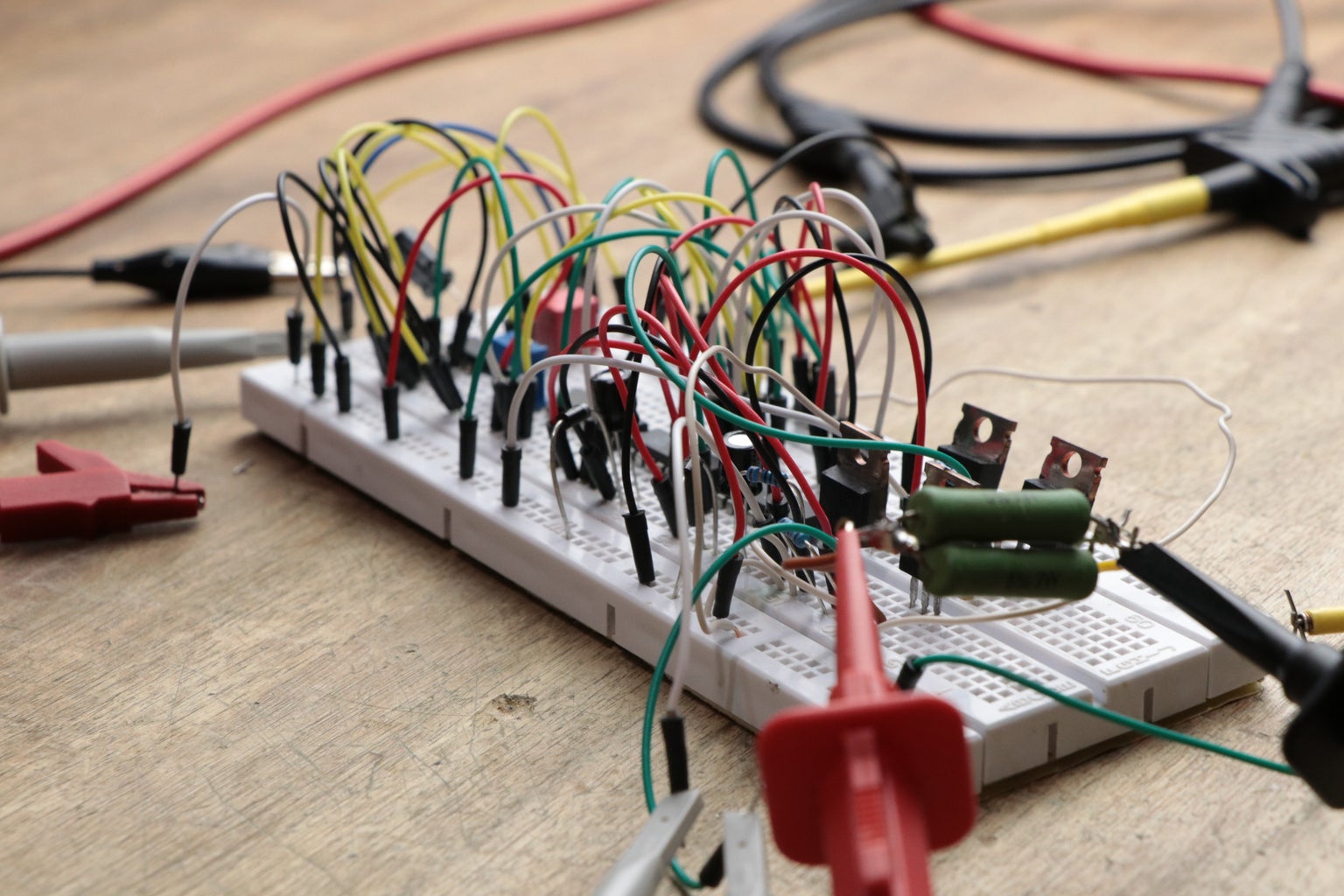Wireless Energy Transmission Circuit Diagram Hi guys, in this video Am going to show you how you can make a simple wireless energy transmission circuit,this is a basic understanding of how energy can be

A joule thief circuit, takes electricity from a 1.5 Volt battery, outputs electricity at a higher voltage but with thousands of intervals in between. A L.E.D requires 3 volts to light up, but a joule thief circuit could light up the L.E.D with 1.5 volt battery. So the Joule Thief circuit is known as a step up converter and also an oscillator.

Wireless Electricity - Circuits DIY Circuit Diagram
In this project I will show you how to create an appropriate coil and an inverter circuit for a wireless energy transfer system that can easily transfer a power of 20W. Let's get started! Step 1: Watch the Video! The video should give you a basic understanding on how to create the coils and inverter circuit. The next steps will contain In this tutorial, we will build a wireless power transmitter and receiver that can transmit enough power to charge a 3.7V battery. How Wireless Power Transmission Works. In a wireless power transmitter, incoming power is converted to a high frequency oscillating signal. This oscillating current is then sent to a wire coil.

For the transmitter, wind the wire till 17-turns, then the loop for center tap connection and again make 17 turns of coil. And for the receiver, make a 34 turns of coil winding without the center tap. Working of the Wireless Electricity Transfer Circuit. Both the circuits are constructed on the breadboard and powered using a 1.5V battery.

Make Simple Wireless Power Transfer Project with Easy Circuit Diagram
Before diving into building let me give you a basic idea on working of wireless power transmission. How Wireless Power Transmission Works. Magnetic inductive coupling principle is used in the working of wireless power transmission. Like all transfer devices there will be a transmitter and receiver and this uses basic principle to transmit energy. The ability to transmit electricity wirelessly has been around for a long time. In recent years, wireless charging of consumer electronic devices has become common. The simplest wireless circuit consists of only a handful of parts. At the very least, it consists of a power source, a transistor, an antenna coil, a receiver coil, and of course
